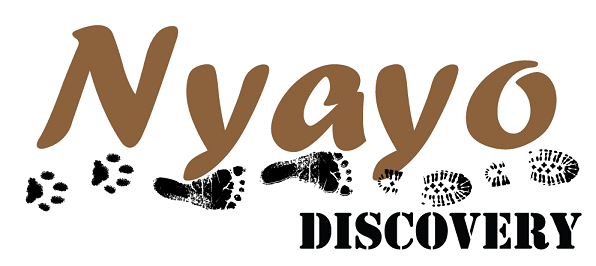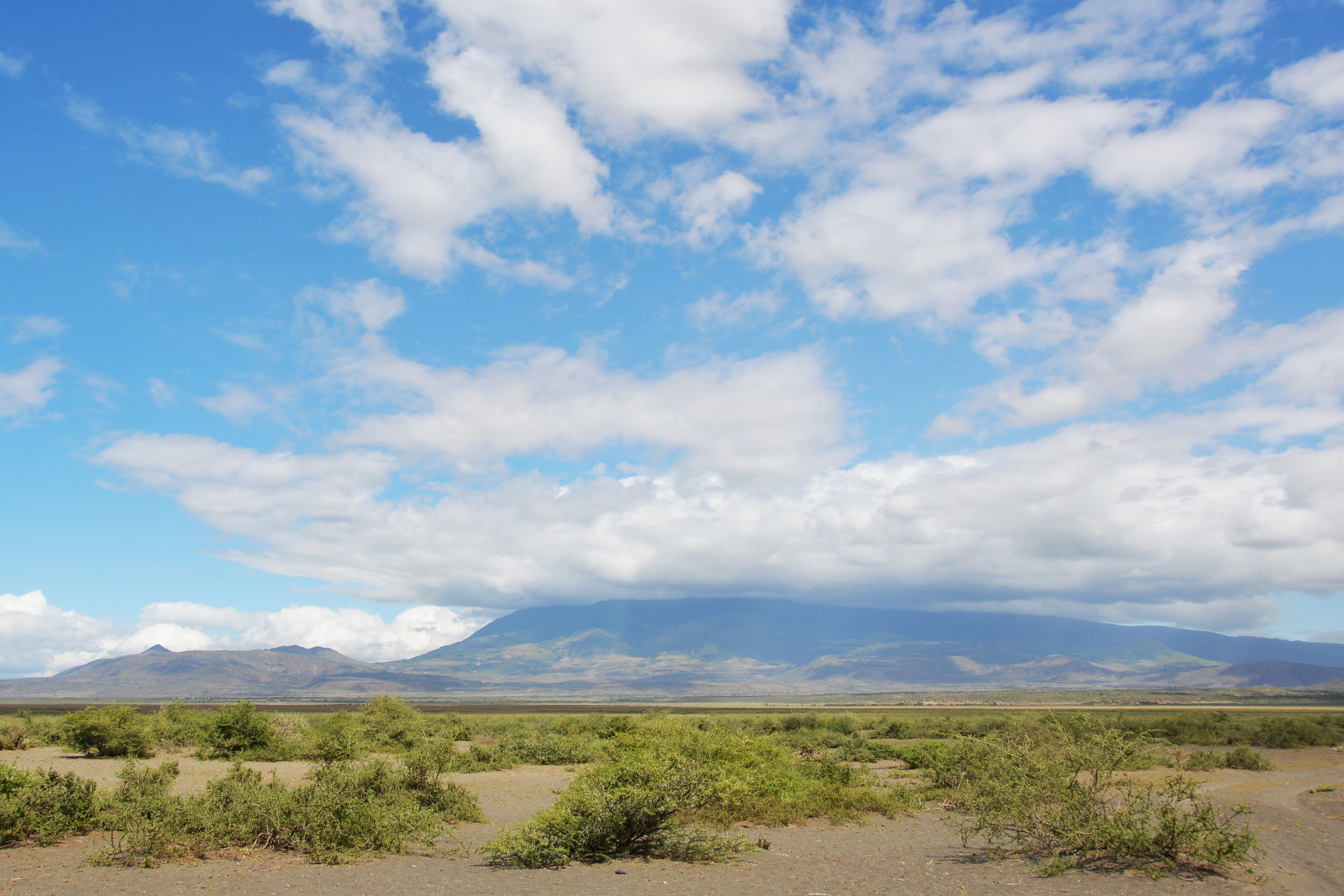The Maasai
A semi-nomadic Nilotic group believed to originate from Egypt, the Maasai are predominantly pastoralists but practice small-scale agriculture in some places. They are one of the youngest ethnic groups in Tanzania, having followed the Nile River down through Kenya before reaching Tanzania roughly 300 years ago.
The Maasai are probably the most well-known indigenous group in Africa particularly as a result of the media and travel industry but also because of how successfully they have managed to hold onto their culture and way of life.
the importance of cattle and livestock
Maasai identity and lifestyle is deeply rooted with the owning, rearing and utilisation of livestock but especially cattle. The status of an individual Maasai and their family is very much linked to the number of cattle he possesses - in fact a Maasai without cattle is no longer considered a Maasai within the community. They traditionally believe that since the Creator took both man and cattle from the same pit, all cattle belong to the Maasai, this belief being the source of conflict in the past between themselves and other cattle rearing communities in Tanzania. Today, however, there is very little conflict between ethnic groups in Tanzania, giving it a reputation of peace and stability.
Livestock rearing is central to the Maasai way of life and there exists a real bond between a Maasai and his animals. Every animal has a name and is accounted for at the end of each day. Any missing animals will be looked for until they are found.
Since the Maasai do not hunt, their staple foods are meat from cows and other livestock including goats and sheep. They also drink milk and cow blood, gather wild honey and collect plants for medicinal purposes. The skins from slaughtered or dead cows are used to make clothes, sleeping mats, water skins, ropes and jewellery.
In Maasai culture the colour white symbolises milk and peace. It's no wonder then that white goats are the most prized. Goats are also hardier than cows so are the main source of meat, cows being reserved mostly for special occasions.
your program
about the community
Our community-based program with the Maasai is set in one of four sub-villages about one hour outside of Arusha city, in Longido District. The area is semi-arid with acacia forests, seasonal rivers, open plains, volcanic sandy soils and fabulous views of Mt Meru, Kilimanjaro and Longido. Giraffe can sometimes be seen crossing the open plains on their way to the acacia forest as well as the occasional group of zebra or elephant. There are numerous species of birds and one special endemic species, the Beesleys Lark, which nests on the open plain.
Most families still live in traditional boma's which consist of mud huts with a central fenced kraal where livestock are kept; but some have invested in more modern, simple, single storey concrete houses as well.
The village is dotted with large watering holes where livestock and wildlife come to drink and terrapins have made their home.
what to expect
You will be camping at an allocated campsite situated at the edge of the village in the acacia forest next to the open plains. The campsite is scattered with acacia trees and fenced in the traditional way with acacia branches to keep out animals. Since the area is arid it can get quite dusty at certain times of the year. The acacia forests are beautiful but this does mean thorns so we advise you where closed walking shoes!
In the mornings you will be met by a local English and Swahili speaking Maasai guide who will accompany you for the duration of your program as you explore their culture and environment, meet with famillies, women, youth and elders and learn about the local wildlife. You will also have an English speaking Nyayo Discovery lead guide for additional support who will help with facilitating the program and translation.
You will spend most of your time in the village and surrounding forest, returning to camp for meals and tea breaks which are had in an open sided mess tent. In the evenings there is usually a camp fire where indigenous knowledge workshops take place.
how tourism helps
The village is situated in what is known as a "rain shadow" created by Mt Meru's micro-climate making the environment particularly dry and harsh for pastoralists and virtually impossible for any forms of agriculture. This means the community has very limited options for subsistence. During periods of drought they are forced to take their livestock further and further afield, and life can be become very difficult.
Tourism and the added benefits it brings has provided them with an important additional source of income. Revenue generated from a program here not only helps feed families but also goes towards medical care, school fees and grass roots projects which Nyayo Discovery also helps to fund.







